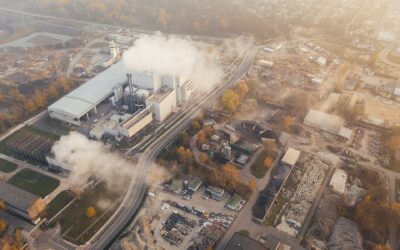In January the USDA released an updated Plant Hardiness Zone Map (PHZM). The PHZM splits the county in multiple climate zones and is used by gardeners to determine what plants will thrive in their location. The new map represents the first update since 1990 and is designed specifically to provide greater detail to the internet user. The map was created using GIS technology, and therefore is much more complete and accurate than the previous PHZM.
To the casual observer the map creates a compelling case for climate change, as each zone is now about half-a-zone warmer than previous version. The USDA, however, cautions against this conclusion. This map only incorporates 30 years of weather data, rather than 50 – 100 years of data needed to establish climate trends; furthermore, this map was created with more sophisticated mapping methods. So we can’t really compare it against previous versions. It is important to note, however, that according to NOAA, the top 10 warmest years on record have been since 1990, and this data is captured in the new PHZM map.
A better map for looking at warming trends in relation to plant hardiness comes from a map published in 2006 by The Arbor Day Foundation. They used the same techniques as the PHZM, and created a compelling animated graphic showing what the changes look like over time. The graphic shows warmer zones migrating north from 1990 to 2006, and here the change seems pretty significant.
While the USDA maintains the change in zones is not evidence of “climate change,” that geopolitical thing we are not allowed to talk about in polite company. Nonetheless, it reveals that our climate is… well… changing. Take for example Sacramento, California, where most zip codes shifted from zone 9 to zone 9b. While all of zone 9 is in danger of a frost, zone 9a’s low temperature is 20 degrees while zone 9b’s low is from 25-30 degrees. In practical terms this shift means that Sacramento residents can now plant avocado trees which will likely survive in zone 9b, but have very little chance in zone 9a.
I do not have a long enough history in my own garden to discern any subtle shifts in bloom patterns or types of plants I can grow, so I cannot offer any personal notes on what I have noticed. I do know that I enjoy spending time in my garden and watching it shift each season, and I am excited to see how it matures. To keep my gardening footprint low I am going to follow The Union for Concerned Scientists suggestions for climate friendly gardening.
What is happening in your garden? Have you been there long enough to notice any trends?
Brought to you by terrapass.com
Featured Image







